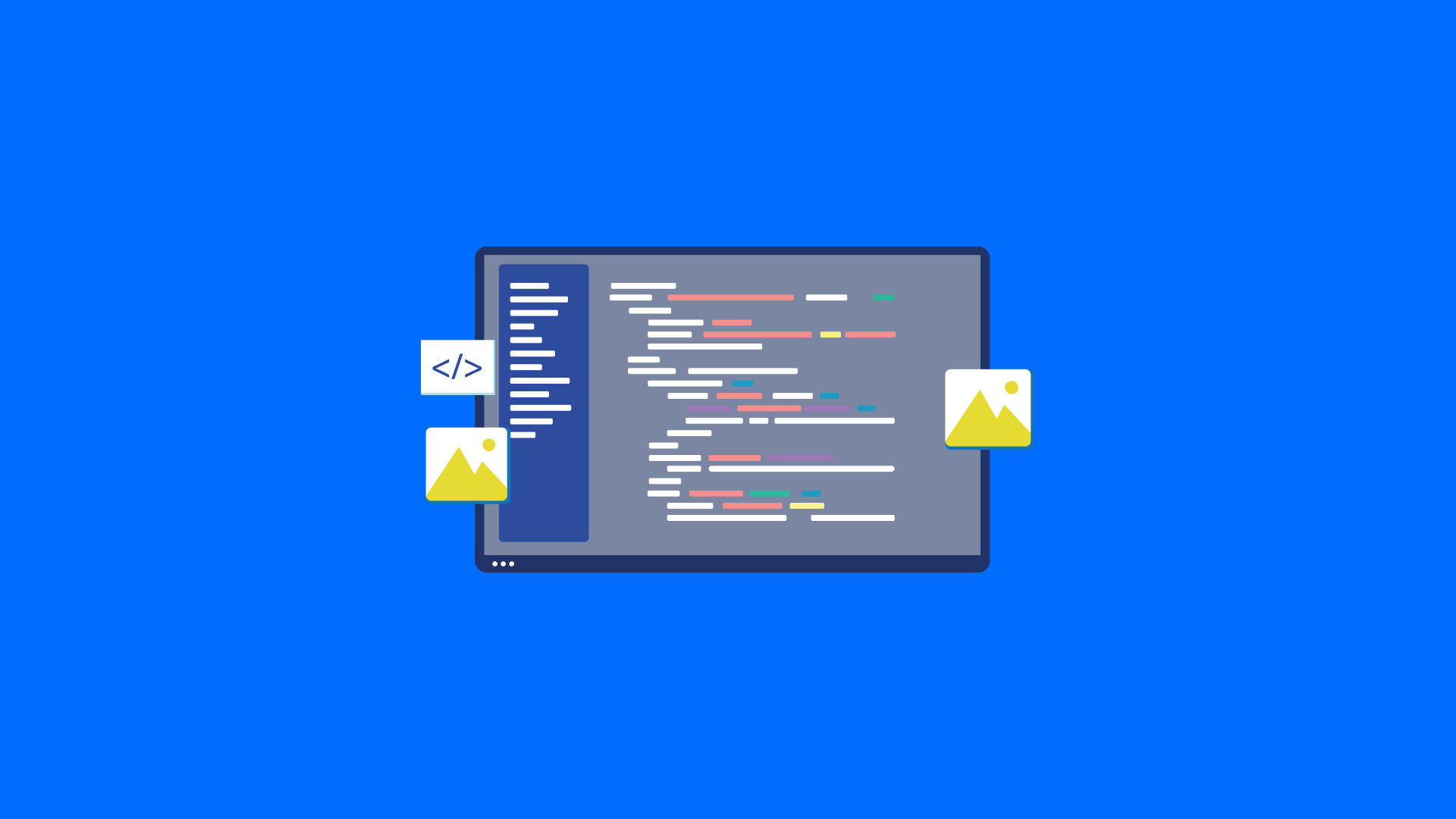Is There Any Future For HTML and CSS?
Mar 17, 2022 12187 seen
What is Web Development?
The web development industry is constantly changing. While we may not be able to tell the day-to-day changes as they occur, we can quickly look back over the last few months and see that many of the things we do now are vastly different from what we did previously.
Because we work in one of the most rapidly changing industries, it's critical that we predict and learn about what's coming up or risk being left in the web development dust. While this may appear daunting at first, it's pretty simple to see where we'll be in the coming months/years.
Automation is already appealing to developers and programmers. Developers have an instinctive aversion to reinventing the wheel. They recognize the importance of automating production. They recognize that hand-crafted code is not required at every stage of the process.
In a nutshell, the answer to the question "what is web development?" is that it encompasses all activities associated with creating applications that function on the internet – that is, websites. Web development is simply the process of creating and maintaining websites, and it encompasses many different aspects such as web design, web programming, database management, and web publishing. Web development is divided into two parts: frontend and backend.
Frontend Development: The section of a website with which the user interacts directly in the front end. It is also known as the application's 'client-side.'.
-
HTML is a markup language used to design the front end of web pages. Because it is used to create the structure of a website, it functions as a skeleton for that website.
-
CSS: Cascading Style Sheets, or CSS, is a simple language designed to make the process of making web pages presentable easier. It is employed in the design of our website.
-
JavaScript: JavaScript is a scripting language that we use to provide our website with dynamic behavior.
-
Bootstrap: Bootstrap is a collection of free and open-source tools for building responsive websites and web applications. It is the most widely used CSS framework for creating mobile-first, responsive websites. Nowadays, websites are designed to be compatible with all browsers and screen sizes.
Web is Everywhere
Why has it always been strongly recommended that specialists and experts maintain websites? Because it is a required prerequisite for completing any online mission. Keep in mind that search engines prefer sites that are constantly updated to reflect changing industry trends. Visitors will increase if you make it a habit to update your website regularly. Learning primary programming languages such as HTML and CSS will assist you in creating a website. Developing a website can be challenging and time-consuming. There is, however, an alternative method for creating a website that does not require coding. HTML 5 and CSS3 are the most recent versions of two essential web languages that have been around for quite some time (HTML has been in the same version for more than ten years!). These new languages promise a plethora of new web design techniques and incredible web service possibilities. Modern web browsers are already adopting these new web standards, and they should be fully supported within a year to 18 months. Here's a sneak peek at what's to come.
JavaScript

As fantastic as jQuery was for us, it is no longer used for new development. That means ES6+ has us covered now, though that is correct. We got ourselves into trouble by working too closely with the DOM and treating it like a state store. As previously stated, the state is a broad concept. Websites will be built by first determining what state needs to be managed and then designing the appropriate stores for that state.
HTML 5

Introducing the audio and video tags for directly embedding and streaming multi-media is the most critical news about HTML 5. Browsers will begin to ship with built-in players, eliminating the need to embed Real Player, Quicktime, or other desktop apps. HTML 5 also promises an expanded set of document structure tags to support the easy transplanting of page content, such as through syndication and more semantic meaning about a document's structure.
CSS3

CSS3 promises to make interactive web features easier to program and provides CSS implementers with a new toolbox of tricks. Most of what can be done is already possible with Flash or Javascript, but some of these have historically been "hacks" rather than fully supported web features.


